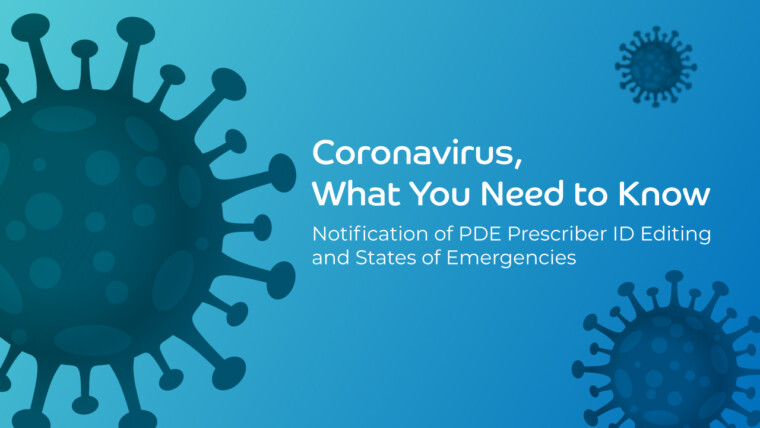
As the monkeypox virus spread globally, the World Health Organization (WHO) Director-General declared last July 23, 2022 the outbreak to be a Public Health Emergency of International Concern (PHEIC). As of today, the virus has affected nearly 16,000 lives in more than 70 different countries.
“WHO’s assessment is that the risk of monkeypox is moderate globally and in all regions, except in the European region where we assess the risk as high,” WHO chief Tedros Adhanom Ghebreyesus said at a press conference.
Monkeypox is similar to smallpox caused by the monkeypox virus. However, it was considered less contagious than smallpox, it caused milder symptoms compared to the other and usually not fatal.
History of Monkeypox

Since 1958 scientists have had knowledge about monkeypox. It was discovered when two outbreaks of a pox-like disease occurred in colonies of monkeys used for research in Copenhagen. It has been believed to be circulating for a long time, but has not been given much attention in the Central and Western African countries.
The source of the disease remains unknown, despite the fact that it was named “monkeypox.” However, African rodents and non-human primates (like monkeys) are the primary carrier of the virus.
The Symptoms and How it Spreads

From the time you were exposed to the virus, it usually took three weeks before you felt the symptoms. In some cases, some people experienced flu-like symptoms before the rashes show (others experienced the other way around).
Some of the symptoms are:
- Fever
- Chills
- Swollen lymph nodes
- Exhaustion
- Muscle aches and backache
- Headache
- Respiratory symptoms (e.g. sore throat, nasal congestion, or cough)
- A rash with sores that can look like pimples or blisters. It could be on the face, inside the mouth, and on other parts of the body, like the hands, feet, chest, genitals, or anus.
It went through different stages, including scabs, before healing which took 2-4 weeks.
There are different ways on how the monkeypox spreads:
- Through close, personal, often skin-to-skin contact
- Direct contact with monkeypox rash, scabs, or body fluids from a person with monkeypox.
- Touching objects, fabrics (clothing, bedding, or towels), and surfaces that have been used by someone with monkeypox.
- Contact with respiratory secretions.
- Intimate contact
Vaccine for Monkepox

The Food and Drug Administration (FDA) licensed JYNNEOS (also known as Imvamune or Imvanex) and ACAM2000 (an older smallpox vaccine) to use against the spread of monkeypox virus. People who had been exposed to the virus can be vaccinated, after receiving the vaccine people should still continue following the safety precautions to protect themselves.
Jynneos vaccine is for ages 18 and older who are more susceptible to either smallpox or monkeypox. Two doses were given within four weeks apart to secure the prevention of the virus; the vaccine contains a live vaccinia virus that helps those who are considered as high-risk from monkeypox. ACAM2000 vaccine also contained vaccinia virus, however unlike Jynneos, the vaccinia virus from this vaccine replicates in a person’s cells resulting in side-effects. ACAM2000 is more complicated to administer compared with the Jynneos vaccine. Despite the sufficient supply, as of the moment it was not used for vaccine against monkeypox, only designated U.S. military personnel and laboratory researchers who work with certain poxviruses may receive this vaccine.
“This is an outbreak that can be stopped, if countries, communities and individuals inform themselves, take the risks seriously, and take the steps needed to stop transmission and protect vulnerable groups.The best way to do that is to reduce the risk of exposure. That means making safe choices for yourself and others,” Tedros indicated.
Sources:
https://www.cdc.gov/poxvirus/monkeypox/prevention.html
https://www.webmd.com/a-to-z-guides/monkeypox-what-know

